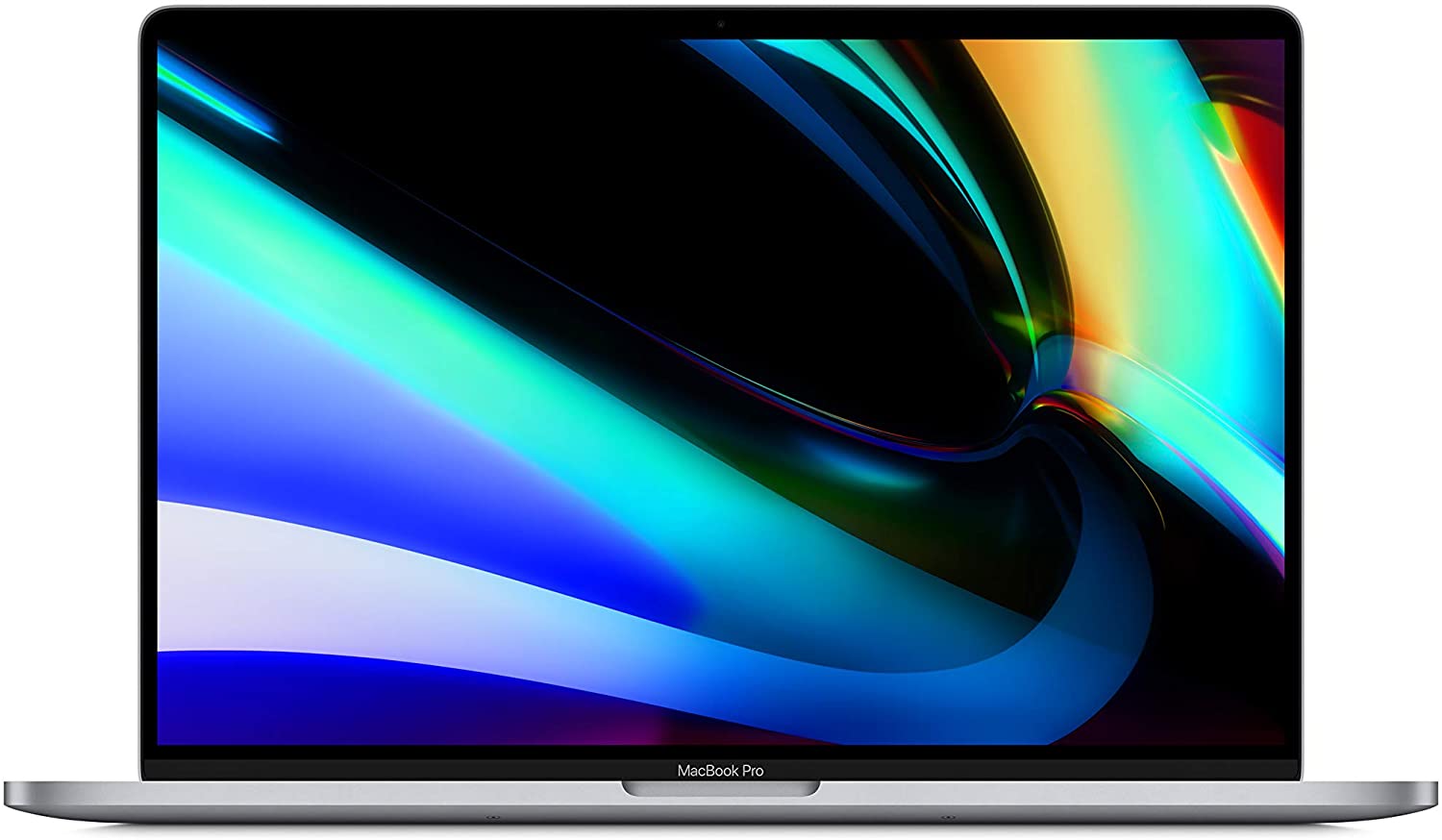Which Is Better For Music Production – Macbook Or PC?
In the world of computers, there is a never-ending battle between Macs and PCs. One of the many questions is: Which is better for music production – Mac or PC? There is rarely a definite answer to these kinds of questions, however, most professional sound technicians swear by Apple. In the field of professional music production, the hardware quality is basically the same in both cases, but when it comes to software, Apple laptops definitely have the advantage. Their interfaces, tools, and processors tend to be better, and their software programs (such as Logic Pro X and GarageBand) are more user-friendly, versatile, offer a wide range of options, and create a unique sound. In addition, Apple laptops are very reliable.
PCs, on the other hand, offer the most customizable options, which is another trait that is highly appreciated between music producers and other professionals in the music industry. Moreover, the difference between Macs and PCs has lately become negligible. PCs have become equally fast, powerful, and reliable, while the prices are in most cases still more affordable.
At the end of the day, the answer to this question really depends mostly on your personal preferences. Neither will turn you into a pro by itself – the end product always depends on your skills and experiences.
What Macbook Pro Specs Do I Need For Music Production?
For professional music production, you need…
- A powerful CPU – preferably quad-core, although hexa-core and/or octa-core are also fine options and superior single-core performance
- A minimum of 500GB HDD or preferably SSD storage plus at least 500GB of external storage
- A minimum of 16GB of RAM
- At least a 15-inch monitor; however dual screens are much more convenient
- At least 10 hours of battery life
- Thunderbolt ports
- A mouse with side scroll feature and other practical accessories
Best Mac for music production
Most Mac computers are great for music production. Mac Pro is a very powerful device and a great option for those, who are willing to pay any amount of money for a great music production computer. Mac mini, on the other hand, is a wonderful option if you are on a budget. For studio-based musicians, iMac should be an optimal choice.
MacBooks are especially suitable for professional music production. MacBook Air and MacBook Air Retina are both great options; however, MacBook Pro models are overall the very best Mac devices for music production.
When it comes to MacBook Pros, there are, again, all fantastic options, regardless of the year or size. Obviously, it’s always best to opt for the latest versions, which tend to use the newest processors and even have the largest RAM.
The newest 13.3-inch and 16-inch MacBook Pros – specifications and details:
Newly updated for 2020 are the 13.3-inch MacBook Pro that runs on the 10th generation quad-core processor and has 16GB of RAM and the 16-inch MacBook Pro that has the 9th generation 6-core or 8-core processor, an upgradeable RAM, storage, and even graphics card. The newest 13-inch models come with either two Thunderbolt 3 ports or with four Thunderbolt 3 ports, while the 16-inch model comes with four Thunderbolt 3 ports.

Both the 13.3-inch model and the 16-inch model come in silver and space gray. They both have a high-quality LED-backlit Retina display with IPS technology. The larger model has a maximum resolution of 3072 by 1920 pixels, while the smaller has 2560 by 1600 pixels. Both models have 500 nits brightness, wide color, and feature true tone technology. When it comes to memory, the 16-inch model has up to 64GB of RAM and up to 8TB of SSD storage, while the smaller one has 16GB of RAM and up to 2TB of SSD storage. Both models have pretty impressive battery life. The larger model should last up to 11 hours off one charge, while the smaller one may last an hour less. The 13.3-inch model may be suitable for travel, as it’s small and rather light (1.4 kg or 3.1 pounds), while the 16-inch model is both too big and too heavy to be considered a good travel laptop (it weighs 2 kg or 4.3 pounds). Both models come with high-quality backlit Magic Keyboards with an ambient light sensor, which promises a very comfortable typing experience. When it comes to audio, both models will provide a crystal clear and sufficiently loud sound. The 16-inch model features a high-fidelity six-speaker system with force-canceling woofers, while the 13-inch model comes with stereo speakers with high dynamic range. Both have a 3.5 mm headphone jack, provide wide stereo sound, and support Dolby Atmos playback.
In addition, both models offer many spectacular features, including the Touch Bar and Touch ID sensor, 720p FaceTime HD camera, the Apple Pay feature, and both support the 802.11ac Wi-Fi as well as Bluetooth 5.0 wireless technology. As for the price, the 16-inch model is considerably more expensive. As the specs are similar in both models, you should consider plugging in an additional display or two into your 13-inch laptop and thus saving some money.
 Reliable manufacturer
Reliable manufacturer Immense processing power
Immense processing power Great storage and RAM
Great storage and RAM Long battery life
Long battery life Countless great features
Countless great features Overall great specifications
Overall great specifications
 Both models are expensive
Both models are expensive
Macbook For Music Production – Buyer’s Guide
There are a few factors to take into consideration before buying a MacBook for music production. Check out the most significant considerations below.
- RAM and processing power: The larger the RAM and processing power, the more programs you can use simultaneously and the faster they work. As most Mac recording software operates in packages and clusters of smaller programs, these specs are especially important. Once you decide which music production software you are planning to use, check its minimum spec requirements, and make sure your device can handle it. However, all of the best MacBooks for music production listed above are more than capable of running most of the popular program packages.
- Before buying a MacBook for music production: Decide on which music production programs you are planning to use and make sure the laptop you had in mind supports them. Now, finding the best DAW or program may be somewhat time-consuming and complicated, as it depends on lots of personal preferences, including how you write music, how you record it if your work process requires a program that allows a lot of customization of VST, MIDI, and audio inputs, what kind of music you are producing, etc. For example, Pro Tools may be best suited for audio input based genres like rock, metal, or indie, while Steinberg’s Cubase is a great option for electronic genres. The best music production software for Mac includes Logic Pro X, GarageBand, Ableton Live, Avid Pro Tools, Steinberg Cubase, Tracktion T7, and Amplitube Custom Shop (the last two programs are free of charge).
- Hardware inputs: If you are planning to use a DI (either an instrument or a microphone), you will have to get an input device. As they come in different brands, prices, and with different specifications, make sure to review the selection and choose the one the works best for your style of music. Keep in mind, that some input devices are simple input boxes that can connect with your laptop, while others come with additional inbuilt software, such as digital amplifiers and plugins.
Why To Use Macbook Pros For Music Production (Its Advantages)?
- One of MacBook Pro’s biggest advantages when it comes to music production is its security. Even though PCs have increased their security enormously in the past couple of years, Mac laptops and MacBook Pros, in particular, are still more protected against malware and viruses.
- Flexibility is another huge advantage. MacBook Pros are very flexible laptops that allow you to upgrade their specs and features.
- Windows computers may support more devices, however, when it comes to drivers, MacBook Pro clearly has the upper hand. You can plug in a lot of equipment and it works without having to install anything.
- Compatibility & reliability. Apple is known for being very careful and reliable. They thoroughly test their products to make sure they work perfectly well together.
Some Macbook Pro Alternatives For Music Production
Even though we have established that the MacBook Pro is clearly the best laptop for music production, here are some great alternatives.
- Dell XPS 13″
- Microsoft Surface Book i7
- ASUS GL552VW
- Microsoft Surface Studio
Laptop Related Post
Cheap Laptops With Backlit Keyboards
Best Laptop For Seniors
Best Laptops for Musicians
Best Laptops For Travelers
FAQ
Which MacBook is the best for music production?
Currently, the very best MacBook for music production is probably the Apple MacBook Pro. It is a very versatile, powerful, and aesthetically pleasing machine. The fact that it can be upgraded to 32GB RAM and a quad-processor is a huge advantage. In addition, its Thunderbolt 3 ports are of higher quality than MacBook Air’s, therefore it can connect to Dis much faster.
What does DAW and DI mean?
DAW stands for Digital Audio Workspace and it refers to your sequencer or display that shows all of your audio files during recording. This allows you to cut, copy, mix, tweak, and enhance your samples. In short, a DAW is a music production program.
DI stands for Direct Input. It’s when you plug an audio instrument such as a guitar or microphone directly into your computer.
What DAW software will you be using for music production?
Most DAWs are cross-platform nowadays and they mostly have the same features and capabilities. However, there are still some that work only on PCs and others that are only compatible with Mac computers. For example, Logic can only be used on Macs and Sonar only works on Windows.
Is the MacBook Pro a little expensive?
Yes. There is no denying that MacBook Pro is an expensive laptop. The prices for the latest 15-inch model start at $2300 in the United States, in Europe, the price is even higher. Even though it is very expensive, when it comes to professional music production, it’s worth the price.

